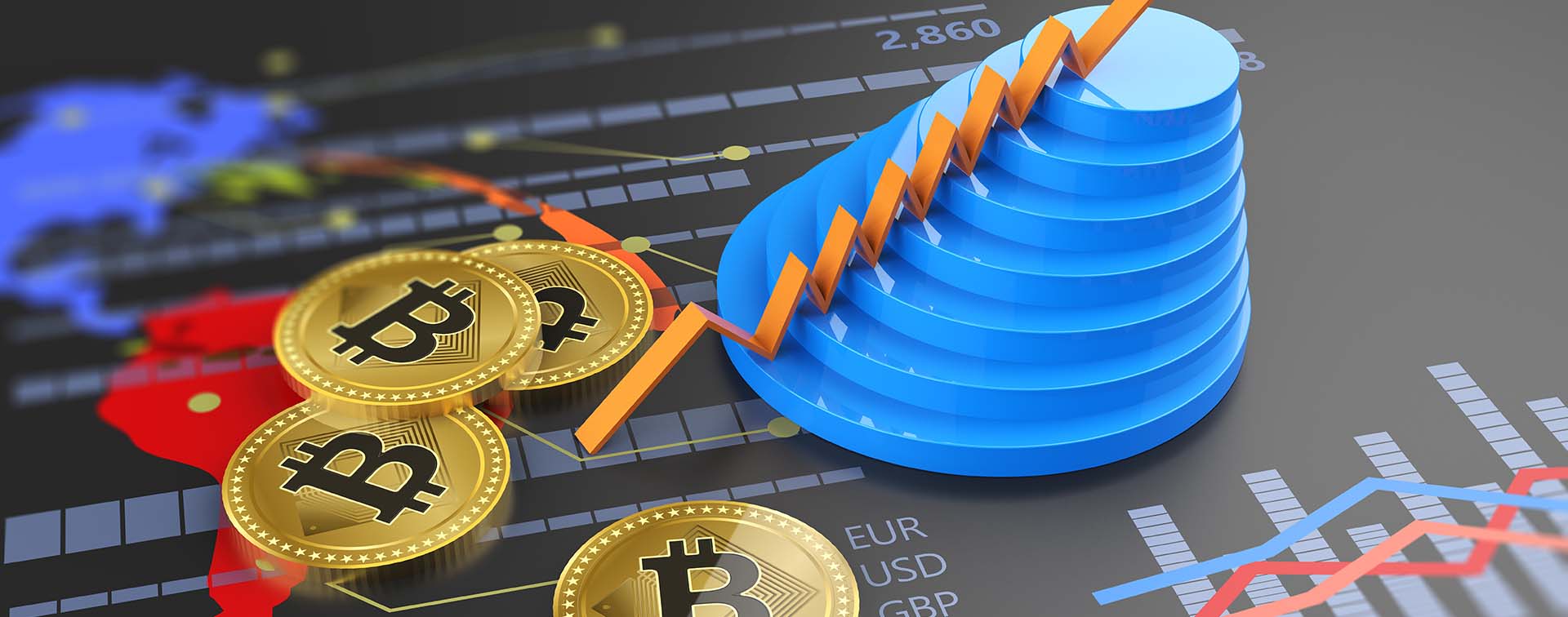
Samson Mow is Chief Executive Officer at JAN3.
Someday, people will look back on our time and wonder how we ever accepted the idea of money that could be created out of thin air. Over any long time horizon, fiat currency has one destiny: infinity. Bitcoin, on the contrary, has the opposite: 21 million. That collision is the defining paradox of our age. Infinite fiat is not a sign of strength, but of fragility. The system requires constant expansion to survive. Bitcoin, however, is built on rules that cannot be bent by any human or machine.
This is more than a numbers game. It is two philosophies of value in direct conflict. One relies on trust in governments and central banks, whose track record is perpetual debasement. The other relies on math and energy, where scarcity is absolute. The fiat system promises stability but delivers erosion. Bitcoin promises nothing beyond a fixed supply, yet that single fact reshapes everything around it.
In the 21st century, we are living through a rare monetary paradox: a system of infinite fiat running alongside a system of finite Bitcoin. Every new unit of fiat undermines its own value while simultaneously strengthening Bitcoin. Each expansion of the old world accelerates the ascent of the new. We are all witnessing one order erode as another endures. The real question is, do you understand why?

The fiat system is not broken by accident; it was designed this way. Governments run on deficits, debt rollovers, and constant refinancing. US debt is already over USD 37 trillion, and it is on track to expand to USD 50.8 trillion by 2045. The machine can never be turned off. To keep the system functioning, supply must always expand. That means fiat can never return to being backed by gold, silver, or any hard asset. The illusion of ‘sound money’ under fiat is gone forever.
Bitcoin is not an attempt to revive that system. It is an entirely different one, already running in parallel. It is voluntary, opt-in, and unstoppable. As Friedrich Hayek once said, “I don’t believe we shall ever have a good money again before we take it out of the hands of government, all we can do is by some sly roundabout way introduce something that they can’t stop.” Bitcoin is that sly alternative growing quietly beside fiat, offering an exit without war, without collapse, like an unsinkable lifeboat through the hurricane. Without it, history suggests we face darker times, conflict, authoritarianism, and even mass death. With it, we have a path towards a peaceful transition to a fairer, freer financial system.
The countless tributaries feeding the colossal rivers of global capital are already converging toward Bitcoin. ETFs have normalized Bitcoin for institutions, which have already allocated 1.6 million Bitcoin. Pension funds, insurers, and asset managers can now buy Bitcoin the same way they buy stocks or bonds. The friction is gone, and the largest pools of capital in human history are now plugging into a 21-million-coin ceiling.
Corporations are realizing that holding melting dollars is a liability. A CFO who swaps part of the balance sheet into Bitcoin is not making an ideological bet; they are playing survival game theory. Companies that adapt will outcompete those that do not. Corporations have already purchased 1.28 million Bitcoin. These companies are growing by the day, and all of them will collectively continue to issue billions of dollars' worth of debt to buy more. This Darwinian filter guarantees that more balance sheets converge on scarcity.
Sovereigns and stablecoins complete the picture. Stablecoin issuers like Tether already hold more than a hundred of billion dollars in US Treasuries, reflecting the substantial demand for on-chain dollars, with Tether’s USD 127 billion in holdings positioning it as the 18th-largest holder globally if ranked as a country. The next step is sovereign Bitcoin reserves financed by the strategic issuance of national treasury bonds. The first nations to move on this will secure economic resilience, while the late adopters will find themselves strategically weaker. Each of these trends alone is powerful, but together, they make the flow into Bitcoin irreversible. No other asset compares.
The arms race has already begun, and it has become my life’s mission to help nations understand the importance of this once-in-a-species transition while giving individuals the tools they need to upgrade their freedom.
Liquidity has transformed Bitcoin. Back in the day, when Bitcoin was small, a large sell-off could crash the market for months. In mid-2025, for example, roughly 80,000 BTC (over USD 9 billion) hit the market in a single weekend. Price dipped briefly, then recovered within days as ETFs, corporates, and sovereign buyers stepped in. Events that once spelled crisis are now absorbed almost instantly. If fiat remains relatively stable, Bitcoin’s volatility will continue to fade as liquidity deepens. If fiat tips into true hyperinflation, however, the dynamics change entirely. The volatility then comes not from Bitcoin, but from the collapse of the measuring stick itself.
Bitcoin is moving through distinct phases. First it was a store of value, held by individuals and institutions. Today it is becoming collateral, pledged rather than sold as lending markets mature. In the near future it will increasingly be a settlement asset, with contracts, invoices, and international trade beginning to clear in BTC. As adoption widens, it will turn into a medium of exchange where everyday transactions from groceries to salaries flow directly in Bitcoin. The final stage is the unit of account, when prices themselves are quoted in sats instead of dollars. A true, borderless, global currency.
This path is not theoretical; it is already underway. Fiat continues to expand in supply with every passing year. Each wave of fiat devaluation acts as fuel for Bitcoin, as more fiat units chase the same finite supply of coins. As liquidity deepens and adoption spreads, the signal of Bitcoin’s scarcity grows stronger while the noise of fiat creation grows weaker. Over time, Bitcoin becomes not just the destination for capital, but the measure of it.
Evidence of this transition is already visible. In countries and communities all over the world, citizens are transacting in sats alongside dollars. Some lenders and corporates now use Bitcoin as collateral for financing, and a small but growing number of businesses settle invoices in BTC or include BTC payment provisions in bespoke agreements. This is not yet standard in Fortune 500 contracting, but the direction is clear: credit markets are learning to price and secure risk in BTC terms. Every step in this progression chips away at fiat’s role as the denominator of value. Scarcity is not just becoming money; it already functions as money in more ways than most realize.
Humanity faces a fork in the road. Imagine the scenario if Bitcoin never existed. The world would continue on the cycle it has known for millennia. Currencies expand without end, empires rise and collapse, oftentimes into war, and societies suffer under greed, exploitation, and environmental destruction. This is the path of infinite money, an endless loop of instability and decay leading to death and ultimately rebirth, destined to follow the same path as the cycle before.
For the first time in history, there is a credible alternative: a monetary system that cannot be diluted or manipulated. With Bitcoin, humanity has a chance to step off the wheel of perpetual debasement and onto a foundation of stability. This path promises a world where savings endure across generations, governments cannot silently tax through inflation, and capital is allocated to productive ventures instead of speculation fueled by endless credit.
This future, however, is not automatic. Bitcoin’s freedom must be defended. Institutional wrappers like ETFs make adoption and access easier, but true sovereignty only comes from self-custody of a censorship-resistant, immutable, peer-to-peer money. Without vigilance, the values of true scarcity that Satoshi gifted this world could be undermined.
We have an opportunity as a species to voluntarily transition to a finite system that rewires incentives toward savings, responsibility, and long-term stewardship of resources and the planet. Bitcoin does not promise utopia, but it does create the conditions for a fairer and more sustainable order. It offers individuals sovereignty, nations resilience, and future generations the possibility of building on solid ground free from monetary policy manipulation and corruption.
This is the paradox of infinite money. Infinity always seeks an anchor, and it is in the process of finding one: Bitcoin.